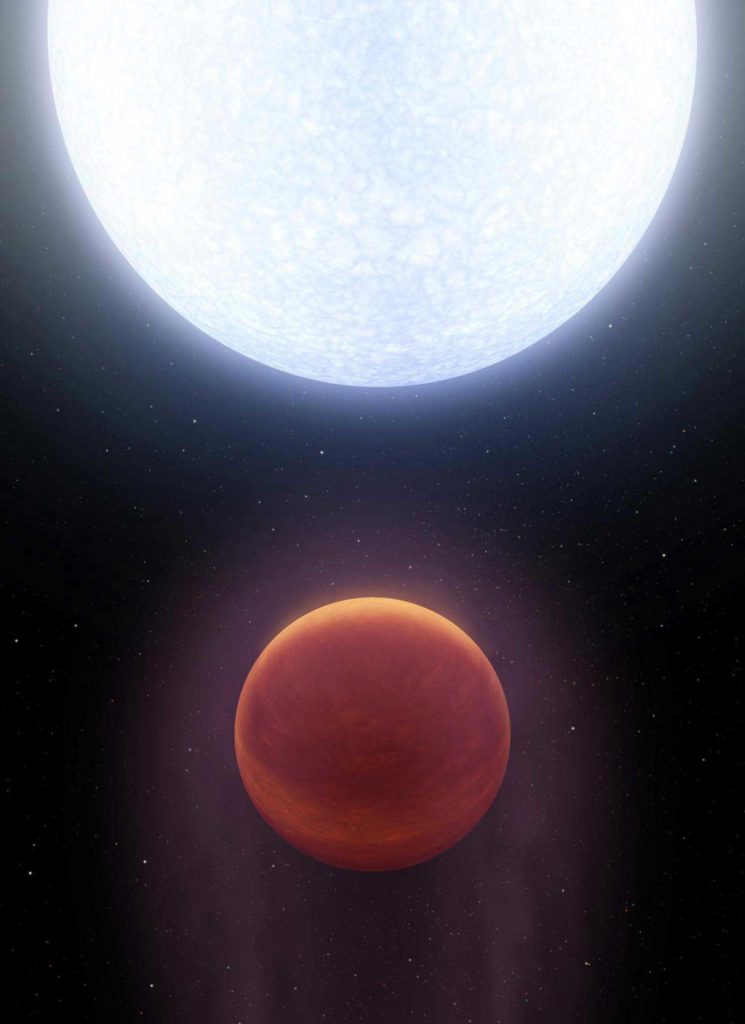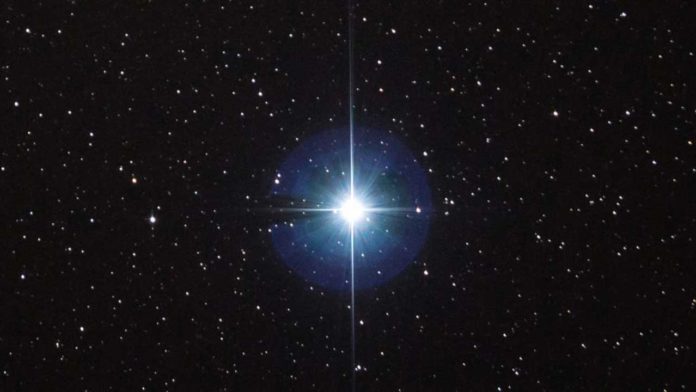A recent study, which focused on an iconic and relatively young star, Vega – reported discovering a giant, scorching-hot planet orbiting Vega. The study was conducted by astronomers from the University of Colorado.
Vega is known as one of the brightest stars in the night sky. Located about 150 trillion miles from Earth, the star is part of the constellation Lyra and has a mass twice that of our own sun.
Study coauthor Samuel Quinn said, “It’s bright enough that you can observe it at twilight when other stars are getting washed out by sunlight.”
Despite the star’s fame, scientists were not able to detect a single planet orbiting Vega. But now, that’s going to change: gathering data from a decade of observations, the team was able to detect a signal that could be the star’s first-known world.
If the findings were confirmed, the newly discovered planet would orbit so close to Vega. It would complete its orbits around Vega in less than two-and-a-half Earth days. This candidate planet could also rank as the second hottest world known to science—with surface temperatures averaging a searing 5,390 degrees Fahrenheit.

Boulder student Spencer Hurt, an undergraduate in the Department of Astrophysical and Planetary Sciences, said the group’s research also helps to narrow down where other, exotic worlds might be hiding in Vega’s neighborhood. This is a massive system, much larger than our solar system. There could be other planets throughout that system. It’s just a matter of whether we can detect them.”
“The search may have paid off. We discovered a signal that indicates that Vega might host what astronomers call a “hot Neptune” or maybe a “hot Jupiter.”
“It would be at least the size of Neptune, potentially as big as Jupiter, and would be closer to Vega than Mercury is to the sun.”
“That close to Vega, the candidate world might puff up like a balloon, and even iron would melt into gas in its atmosphere.”
“Scientists have a lot more work to do before they can definitively say that they’ve discovered this sizzling planet. The easiest way to look for it might be to scan the stellar system directly to look for light emitted from the hot, bright planet.”
Journal Reference:
- Spencer A. Hurt et al., A Decade of Radial-velocity Monitoring of Vega and New Limits on Planets’ Presence, The Astronomical Journal (2021). DOI: 10.3847/1538-3881/abdec8
